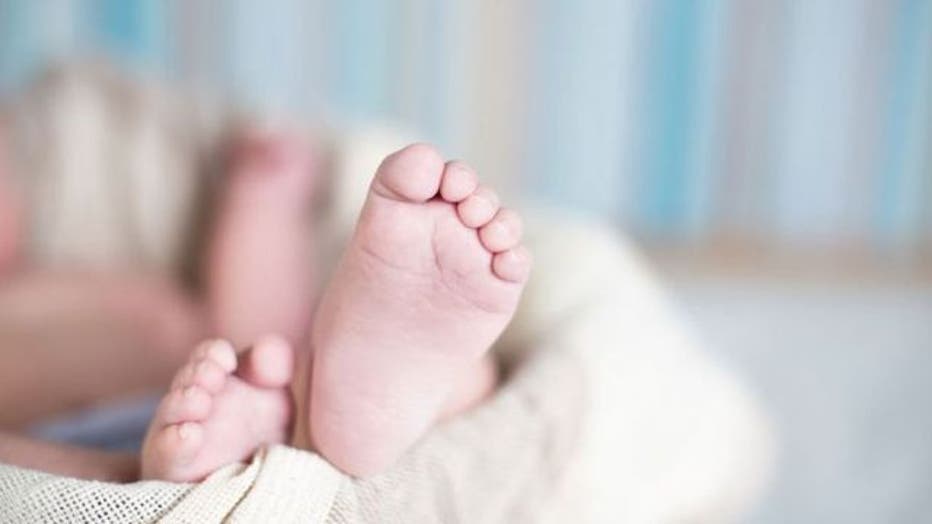U.S. birth rate falls again, hitting lowest levels in decades
The number of births in the U.S. has declined for the fourth straight year, falling to its lowest levels in more than three decades, a newly released government report found.
In 2018, there were 3,791,712 births in the country, according to the report by the Centers for Disease Control and Prevention's National Center for Health Statistics.

Figures also showed there were 59.1 births for every 1,000 women of childbearing age (15-44). That's a decrease of 2 percent from the previous year and a record low for the country, according to the report.
There's been a downward trend in the past decade or so. Since 2007, it's fallen about 15 percent. "This is the fourth year that the rate has declined following an increase in 2014," researchers said, noting that prior to that, there was a steady drop from 2007 to 2013.
Overall, the birth rate fell across nearly all age groups, notably among teens. The birth rate for females aged 15–19 fell 7 percent last year. Since 1991, births to teenagers have fallen by more than 70 percent.
Rates declined for women aged 20–34. But for those 35–44, they actually increased, reflecting a societal trend of women having children later in life than in the previous generation.
The birth rate for women aged 40–44 was 11.8 births per 1,000 women, an increase of 2 percent from 2017. The rate for this group has risen almost continuously since 1985.
The fertility rate is considered the key factor in determining population growth and is used as a way to forecast the future health of a nation's economy.
The figures were released by the CDC on Nov. 27. You can get the entire report here.

